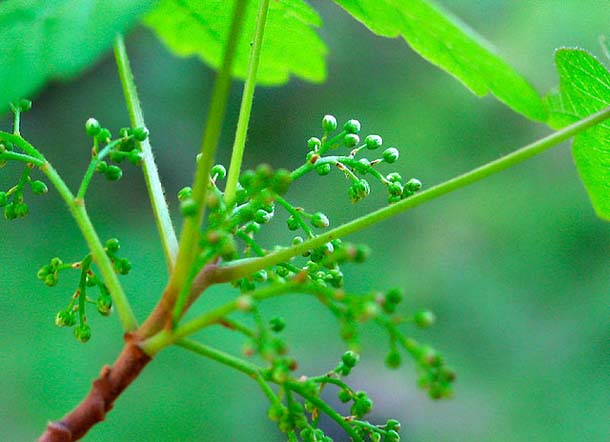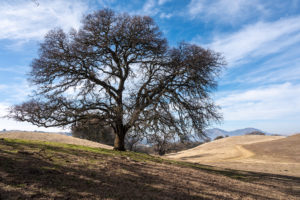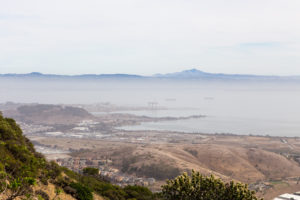Poison oak gets a bad rap, and with good reason. The plant produces an allergenic oil, urushiol, that causes painful rashes on unsuspecting hikers and gardeners. But there’s also a good side to this hearty woodland shrub that may be worth keeping in mind as you trek into poison oak territory.
The plant is a California native, and while it may not seem valuable to humans, poison oak has a solid place in California ecosystems. As one of the most prevalent woody shrubs, poison oak is versatile, growing as a single stem in grasslands, or as a six-foot bush. It can also climb up to 40 feet, often high into the treetops of California oaks and even coast redwoods.

And most of us probably don’t appreciate it in this way, but poison oak, a member of the cashew family, has its beauty, too. In spring, it puts forth green leaves and white flowers that turn into clusters of tiny white berries by summer. In the fall the leaves turn vibrant shades of red, orange and yellow. The plant goes through winter bare of leaves. As the saying goes: “Leaves of three, let it be.”
“It’s probably one of the best fall colors in the lowlands,” says Anthony Fisher, a naturalist at Tilden Regional Park.
Humans may have no use for it, but many California animal species do. Unaffected by the toxic oil, small animals like fox squirrels seek shelter in poison oak thickets and feed on its summer berries, says Fisher. Birds — notably the California towhee — have formed a symbiotic relationship with poison oak, building its nests among the plants and feeding on the white berries, then spreading the seeds through excrement.
When rivers flood during the winter, the western pond turtle takes to poison oak patches for shelter. Meanwhile, large herbivores, such as deer, feed on the leaves and stems of the plant, while domesticated goats also happily munch away unharmed.
So what would happen if poison oak went extinct — as many a hiker might dream? Surely a diminished ecosystem. That being said, since we humans are apparently not as hearty as the California towhee or the western pond turtle, it’s important to take care. If you’re out on the trail or in the garden, watch out for its shiny, waxy-looking leaves that grow in clusters of three and resemble oak leaves.
Then give a nod of respect to this much maligned plant.





